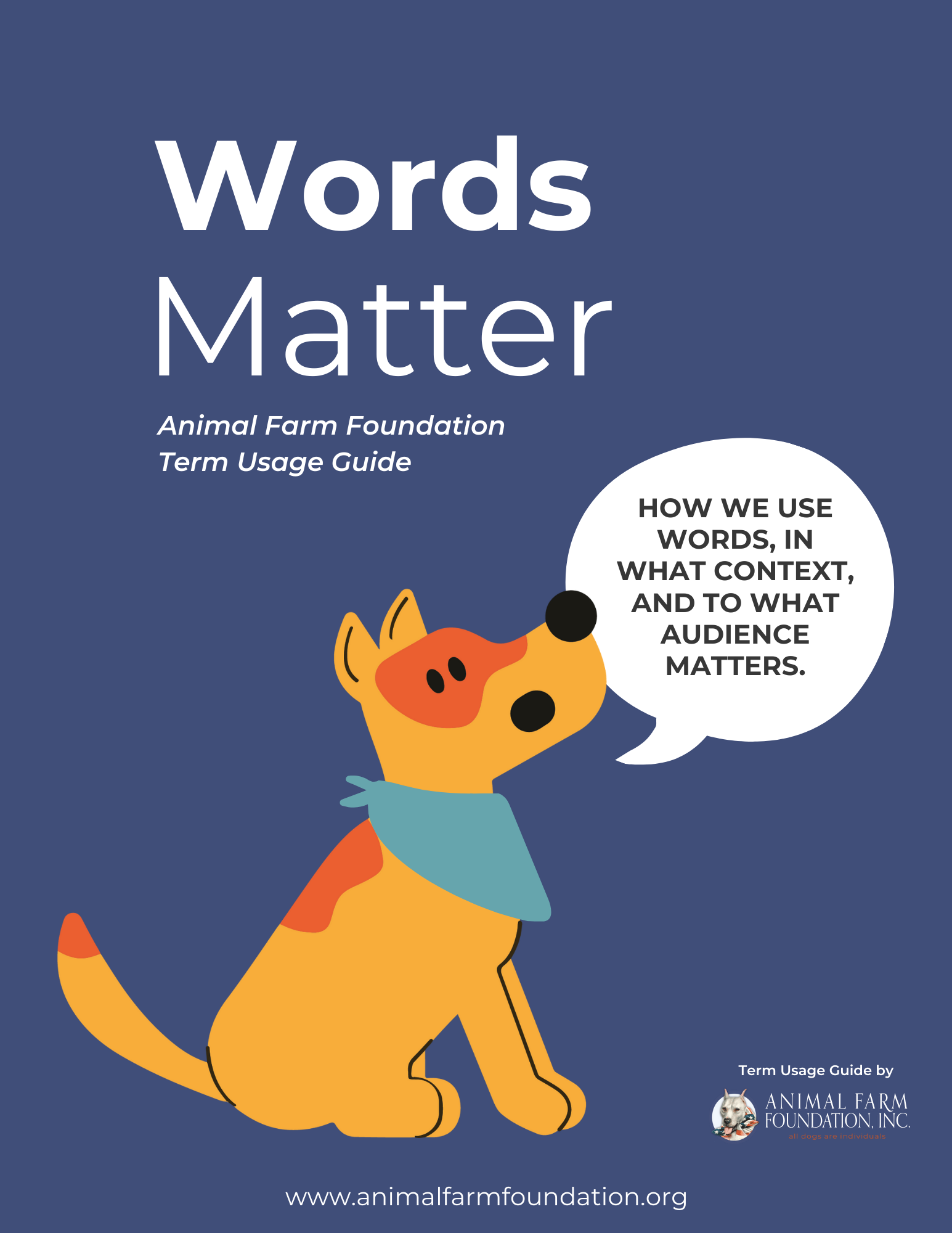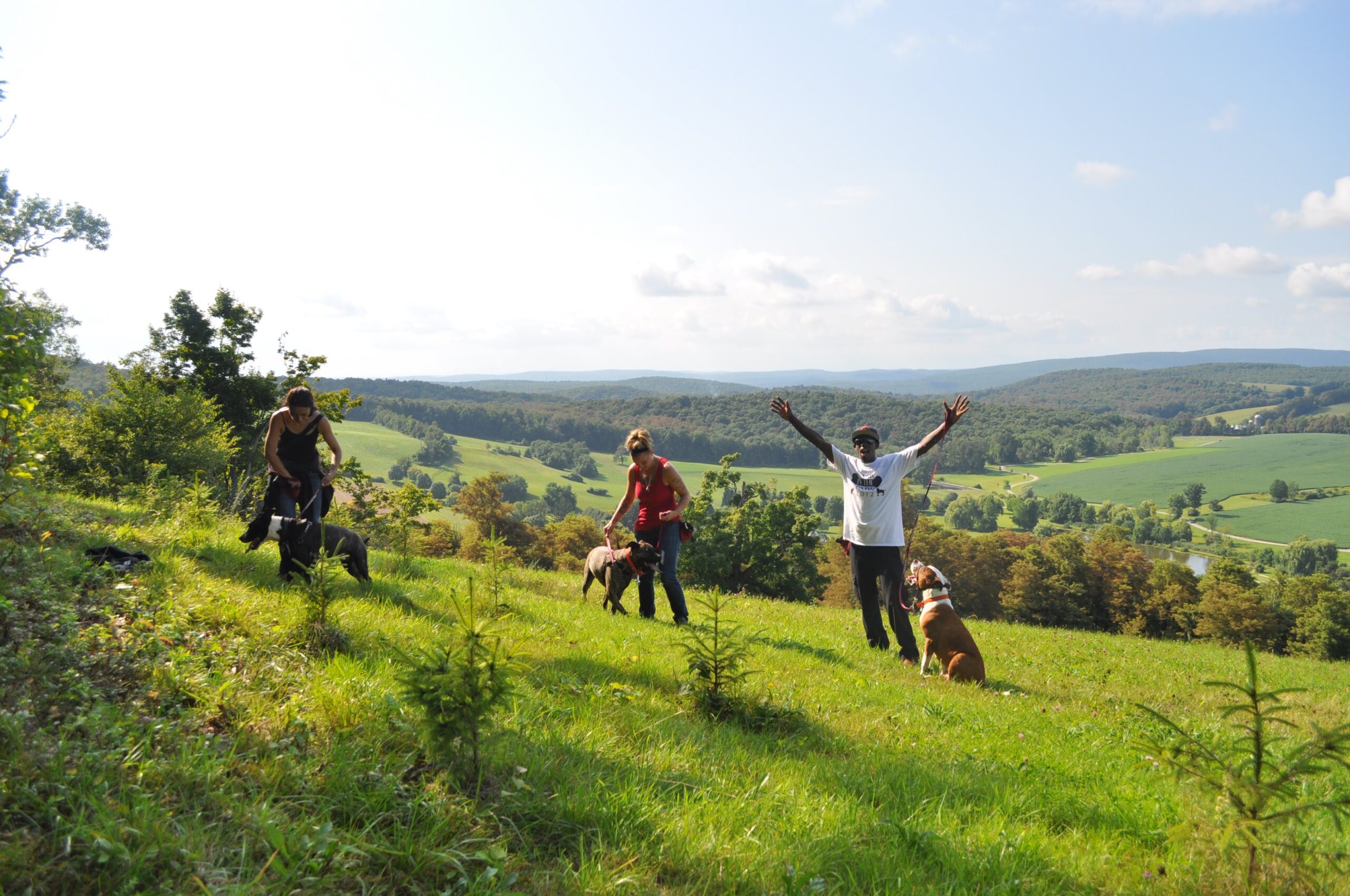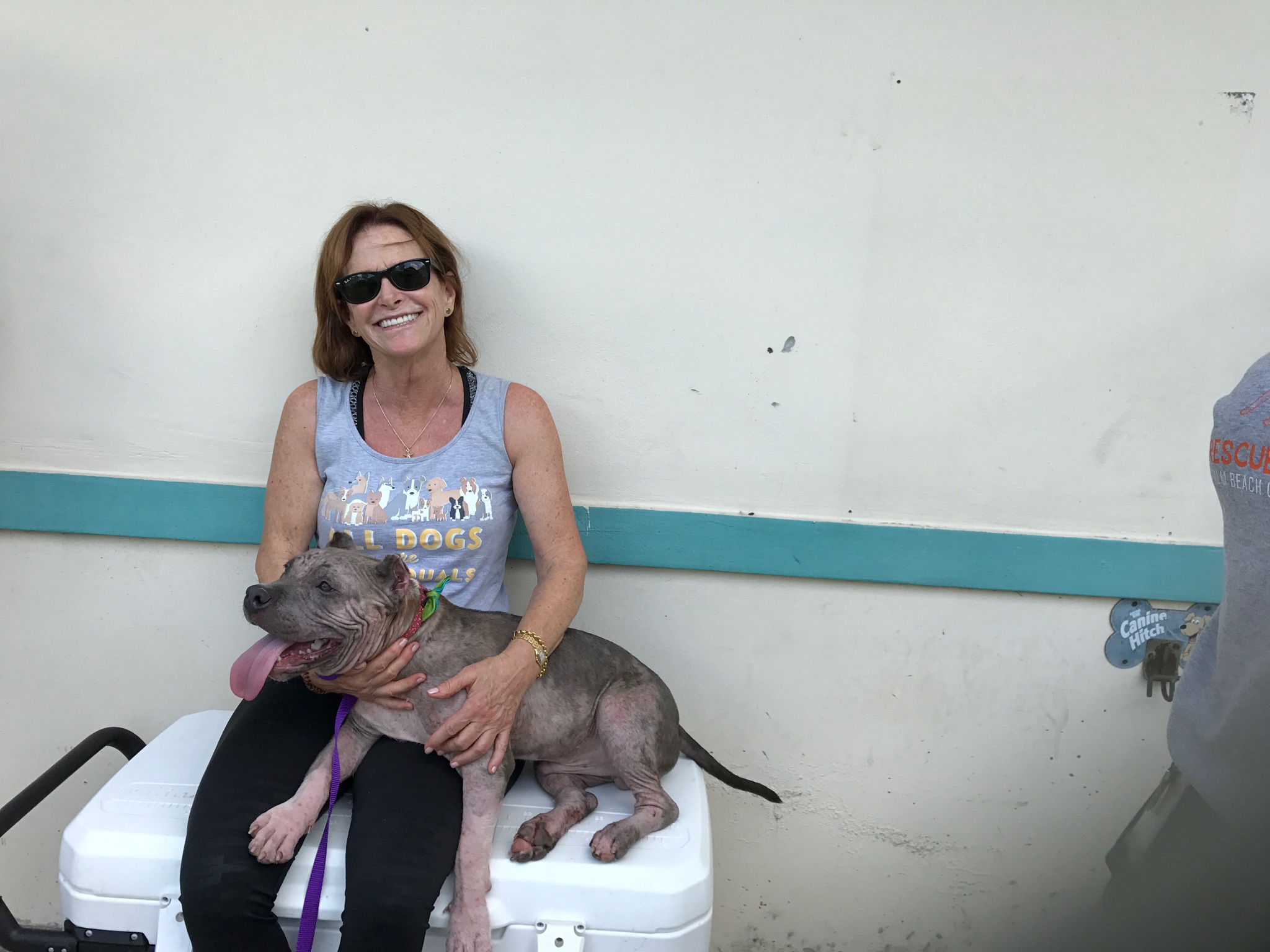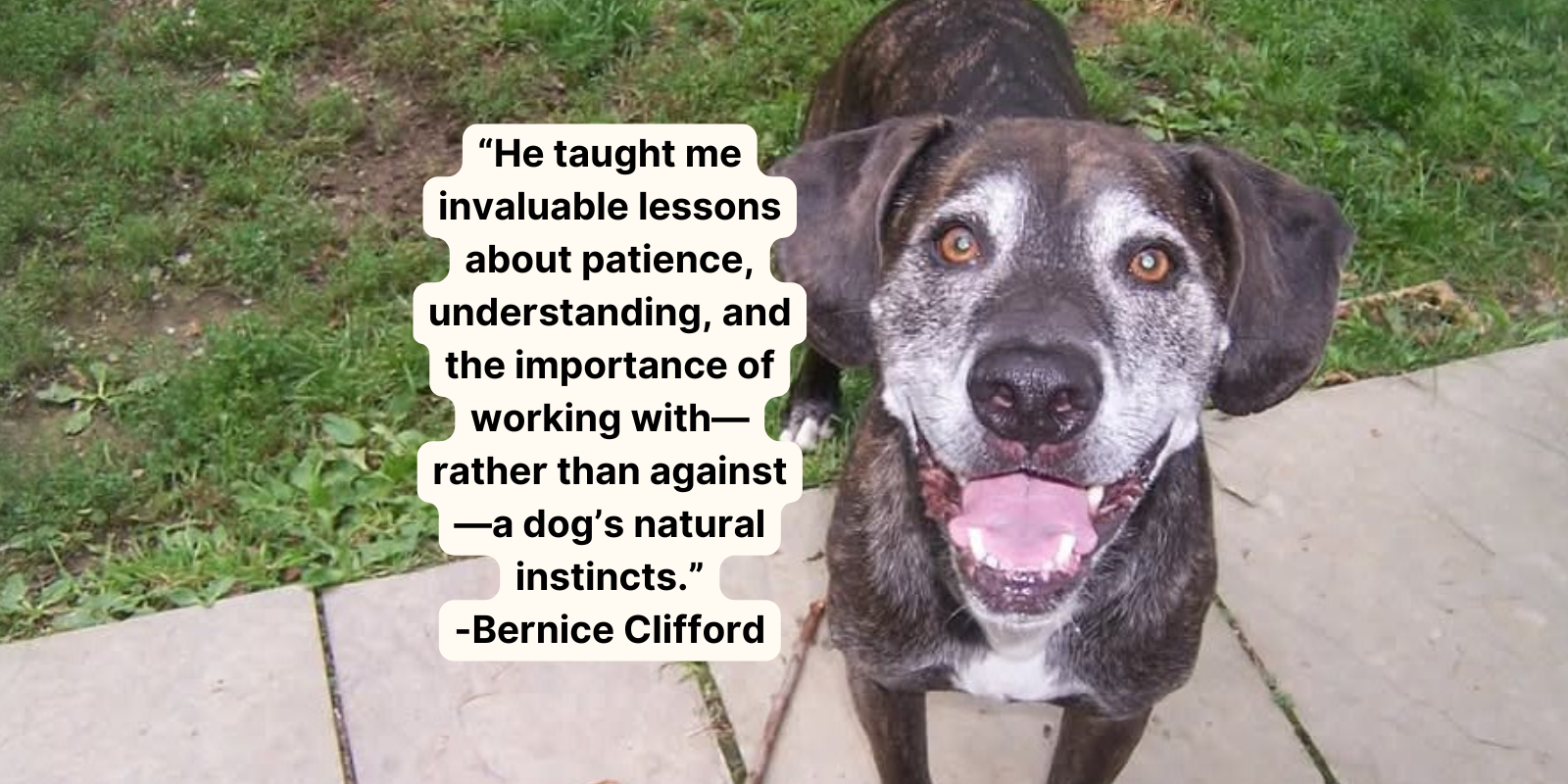Guest post written by Kristen Auerbach, Deputy Chief Animal Services Officer at Austin Animal Center in Austin, TX.
Shy dog Derek had been at Austin Animal Center, waiting for a family for several months, but was timid and scared in his kennel and didn’t seek out attention. There were no sparks with potential adopters.
As I sometimes do with dogs who need some extra attention, I brought him into my office and got to know him over the course of a few days. I saw him around other dogs, kids, and cats. I learned that he was very well behaved, but seemed unsure of the world, and sometimes became nervous. I observed his back legs seemed to bow out and he walked a little funny.
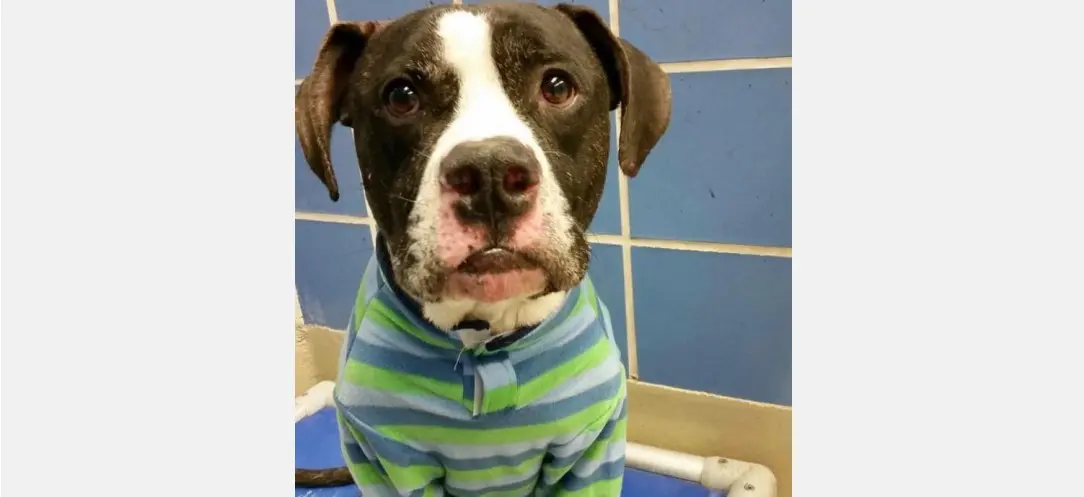
Derek was super shy in his kennel and was one of those dogs we sometimes call “shut down.”
With this new information, it was time to do some marketing. I wrote a silly little description of my experience with Derek and stuck it on his kennel.
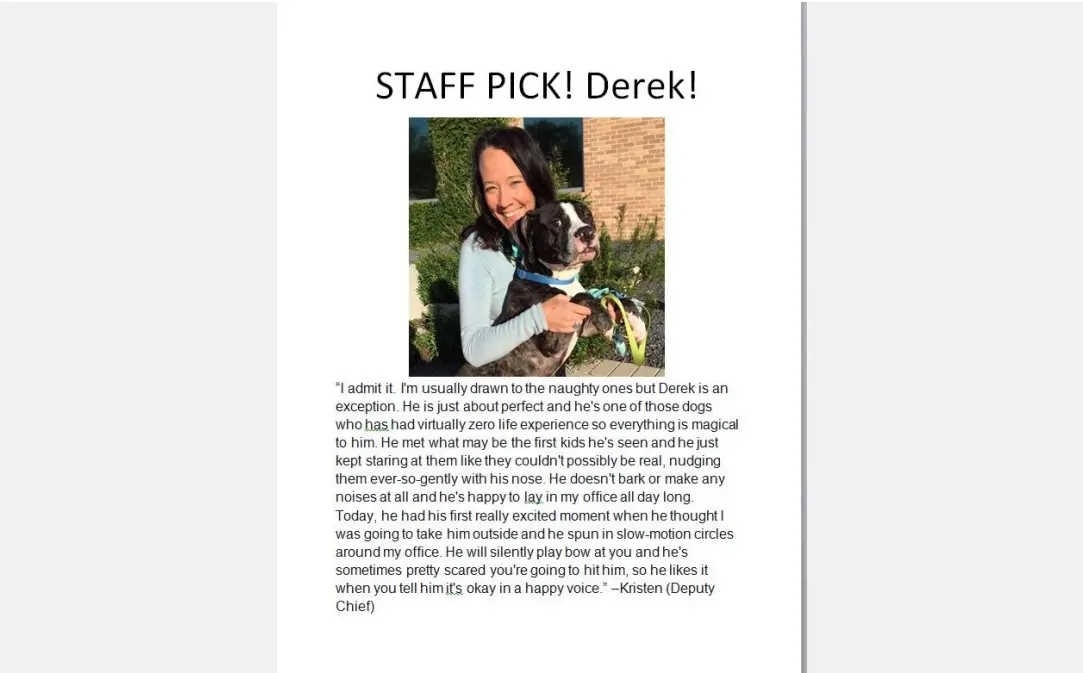
I brought him in my office and got to know him over a couple of days. I made a silly flyer and put it on his kennel.
After just two days with the new sign, a woman wanted to meet him in the play yard. Once they got to meet, she saw there was a spark between them and said, “I want to take him home.”
At that point, after that initial magic connection had been made, we began the adoption counseling.
I described everything I had observed, including that he seemed to like the children he met, but also seemed unsure of them. I also told her that he needed his back legs checked out and that he might have some issues because of his conformation. I was honest and disclosed everything we had assessed and observed about Derek.
The adopter asked a lot of good questions. She considered if he was the right fit for her.
At the end of the counseling process, she was still convinced Derek was for her. She adopted him that day and when we followed up, she told us she is ‘completely in love’ and he’s the perfect dog for her.
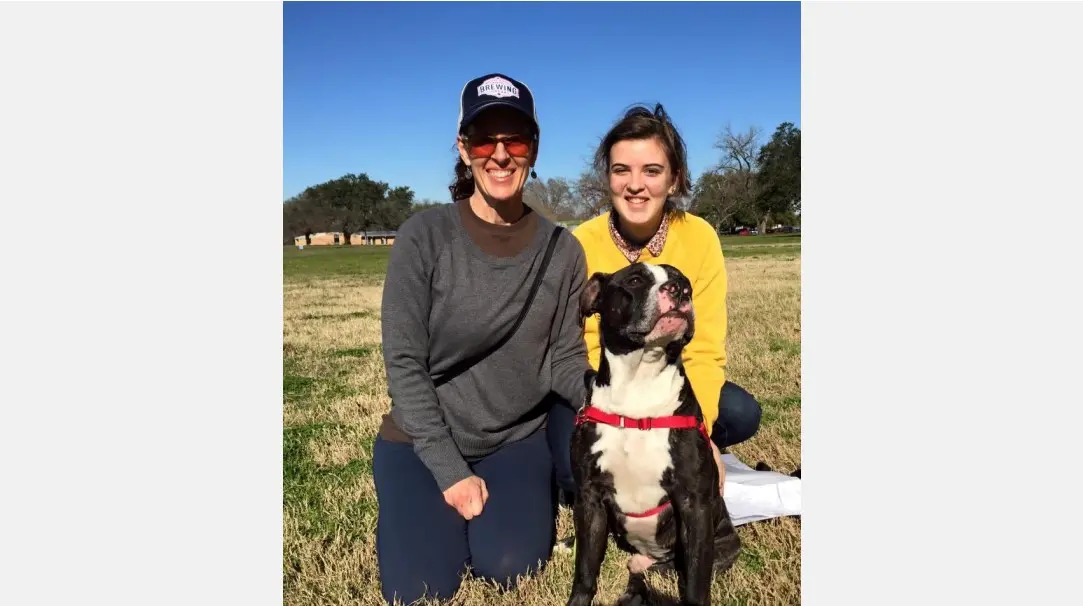
This family saw the flyer, met Derek, bonded with him, went through the counseling process and adopted him. Derek was so
proud!
Dogs like Derek are typically marketed to the public with information like:
“Shy, needs home with adults only” or “Probably a backyard dog and not well-socialized.”
These statements, used during the marketing phase, act as STOP signs which prevent potential adopters from asking to meet dogs (even ones that would be a great fit for them!). To help send more pets home, shelters need to separate the marketing from the adoption counseling.
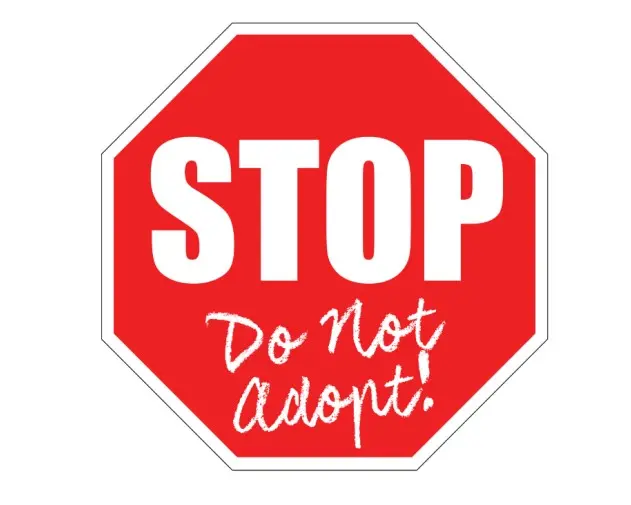
Too often we mistake social media marketing as the place for adoption counseling.
Can you spot the ‘stop signs’ in these posts?
“Elsa is a gorgeous, two-year-old pit bull who loves people and loves to snuggle and go on walks. She must be the only dog in the house. She’d do best in house with no kids. Elsa has been waiting more than two years to find a new family to love her. Could she be the one for you?”
“Sam is fun-loving dog with tons of energy who is looking for an active home. He is really good with most people, but he prefers women over men. He is reactive and has mild separation anxiety, but with the right person, he’s going to make an awesome pet!”
I know what you’re thinking: “We have a responsibility to our adopters/fosters/rescuers/public to tell them everything we know about that animal! Are you saying we should intentionally hide the truth?”
No. As animal welfare professionals and volunteers, we owe it to our community and our adopters to disclose everything we know about one of our animals.
However, we share all of that information during the adoption counseling portion of the process…not in the marketing.
Marketing is meant to grab attention and open a door. Adoption counseling is for full disclosure.
Marketing is what GETS people to the adoption counseling process by piquing their interest in meeting the animals. But you can’t do the complicated business of adoption counseling if NO ONE is there for you to talk to. Marketing: it’s what makes the full conversation happen!
Here are some simple tips for keeping your marketing separate from your adopting counseling process. If you do this, you’ll increase your adoptions, make better matches, and get more pets out of your shelter or rescue and into permanent homes.
DON’T include every single detail about an animal’s entire life or try to explain every possible flaw or challenge this pet may have in one post.
Imagine writing a job resume where you list every mistake you’ve ever made, all the projects that didn’t go well, and all the things your coworkers find most annoying about you. You’re probably never going to get the call to come in for that job interview, even if you are a great prospect!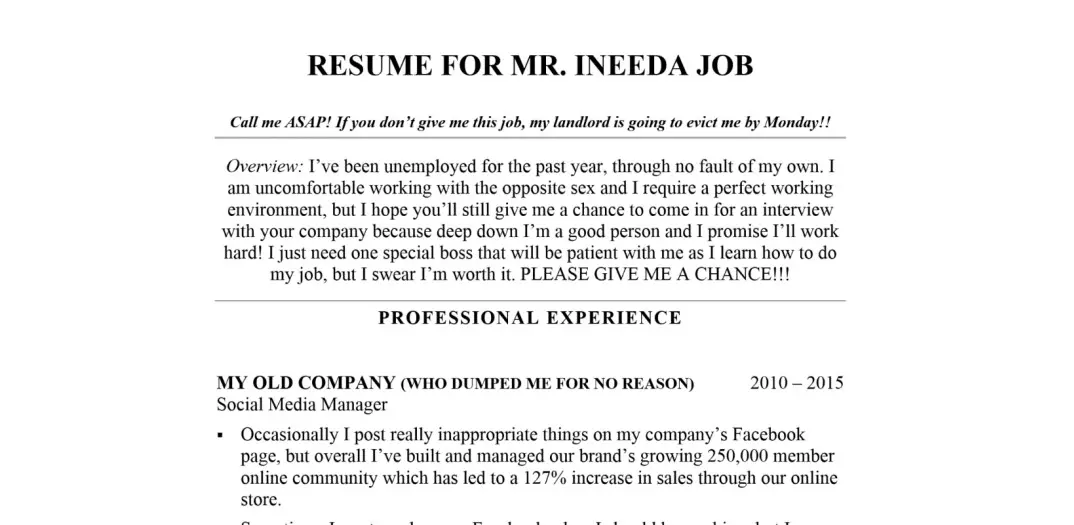
While this is an extreme example, it makes an important point. Every person (and dog) has a variety of personality traits and behaviors. We all have a history of highs and lows that makes us who we are. If we put it ALL on the table, before a prospective employer gets to meet us and form a connection with us, we’re not going to get the call to even come in for the interview.
For dogs, they’re probably not going to get the opportunity to meet the person who could change the course of their lives!
Think about it like this: Your resume is a way to land the interview where you have a chance to discuss your strengths and weaknesses. The social media post or bio is the way to get adopters to meet your dogs and have a discussion with you about all of their needs.
DO tell a story! Dalton, pictured here, was a wild child in the shelter. He barked and whined while kenneled and had tons of energy. His behavior in the shelter sent adopters running. Dalton was passed over many times.
In the past, we might have posted that Dalton was a ‘high energy’ dog looking for an ‘active’ family who would take him running and hiking. But we’ve learned potential adopters read through the lines, even when we try to be subtle about potentially negative traits.
Instead we sent Dalton to a foster home for a few days, so we could learn more about him. His foster mom shared a quick story about something he did while at their house.
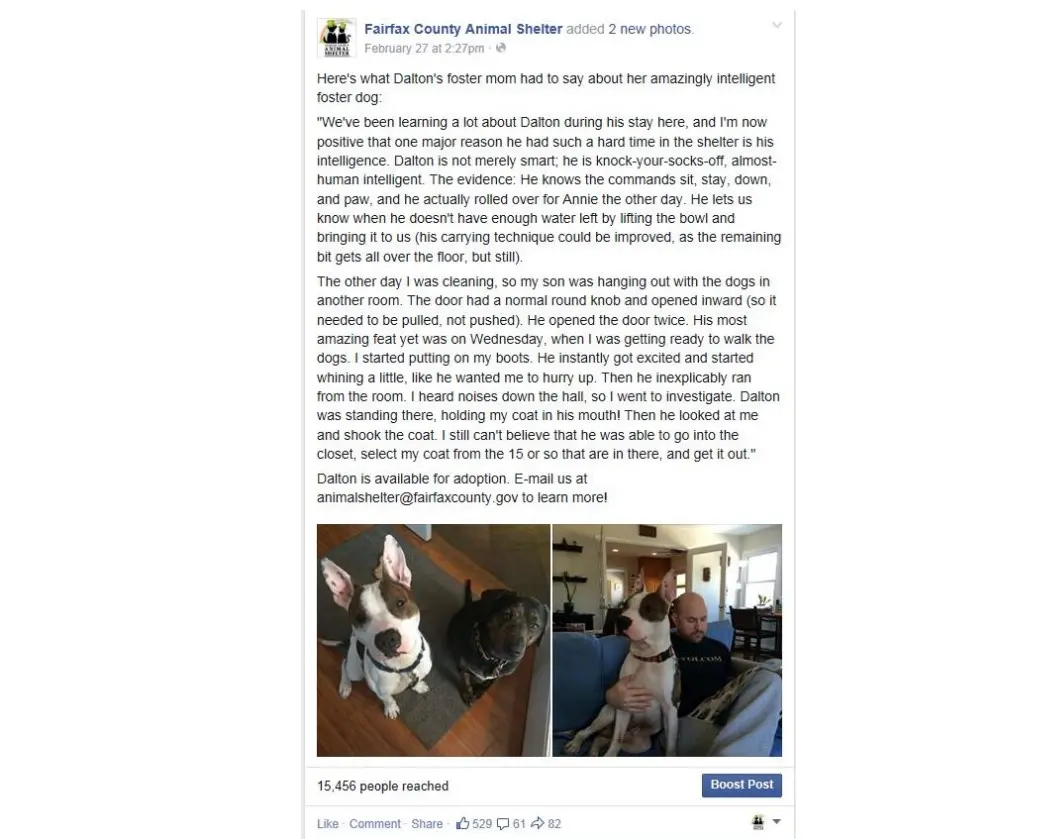
That story, posted on Facebook, brought in dozens of interested adopters. Marketing him this way allowed us to find a family from this group who was perfect for this young, exuberant pooch. Everyone else that was interested adopted other dogs. Win-win!
For more information on writing descriptions that create connection and draw in adopters, check out Animal Farm Foundation’s E-Book about marketing and advertising.
DON’T focus on restrictions. Restrictions are articulated either as a directive statement, as in “no kids” or as a passive statement such as, “would do best in a home with no kids.” A restriction like this means different things to different people. It leaves a lot of room for people to imagine why you’ve included it in your marketing.
For most adopters, a statement like this will act as a stop sign because they don’t know why you’re using it and it may sound scary. Even for potential adopters who don’t have kids, they may think, “Well, my neighborhood has kids and so I guess this dog won’t work for me,” or alternately, “I don’t have kids, but who wants a dog that doesn’t like kids?” or even, “I wonder if this dog has hurt kids?” By placing restrictions in your marketing, you may have turned off some really great adopters who are the right match.
Even if you are firm about the restriction and will not adopt the dog to a home with kids or cats, you can save that conversation for the in-person adoption counseling process. This is when you will explain the dog’s full history and why you are going to use the restriction. Your adopters will appreciate your transparency and information and trust in your adoption process.
To read more about restrictions, check out Animal Farm Foundation’s E-book about adoption best practices.
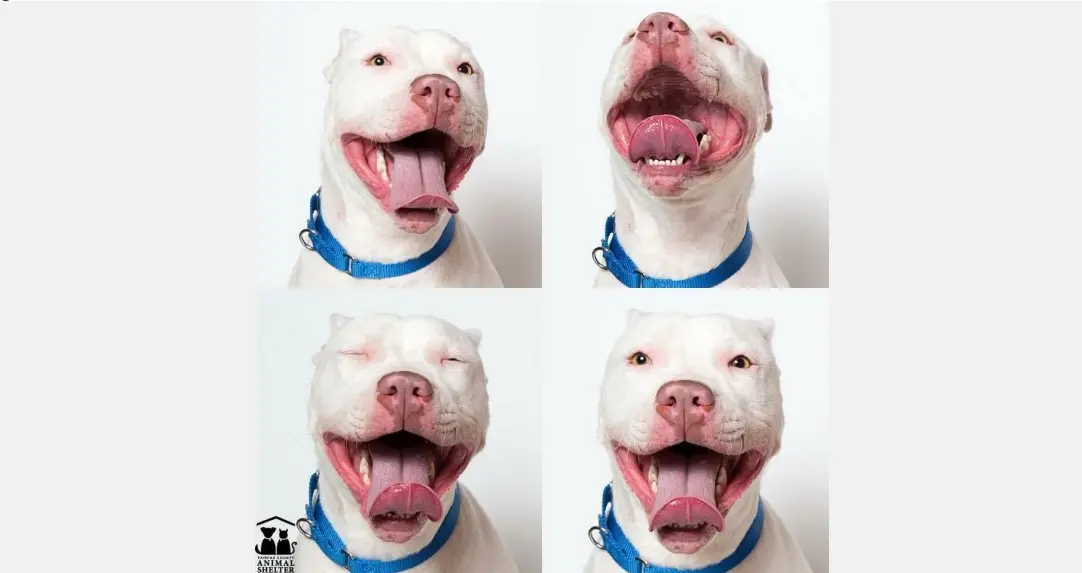
Ghost, pictured here, is a deaf dog. We marketed her by talking about how despite her inability to hear, how happy and joyful she always is. Without any special criteria or restrictions, we found her the perfect family.
DO stick to positive marketing that inspire adoptions and will create the opportunity for adopters to meet the dog, before beginning the counseling process.
DON’T feel bad if the marketing doesn’t lead to the right match. If someone comes to meet a pet because of your positive marketing and they can’t adopt that particular pet, because of a medical or behavioral issue that you discuss with them, that’s ok…
DO see this as opportunity to make the right match. All of our staff makes an effort to always know some information about six or seven different animals in our shelter. That way, if the pet the adopter saw on social media wasn’t the perfect fit, we have several other potential matches already in mind!
DON’T use industry language, or ‘shelter-speak’ in your marketing efforts. Terms like ‘barrier reactive’ and ‘resource guarding’ might be everyday lingo for you, but to adopters that are both frightening and confusing. Even terms like, ‘jumpy/mouthy’ mean something different to you than what they might mean to a person who is unfamiliar with animal welfare jargon. They may scare off adopters.
DO use everyday language in your marketing, as well as your adoption counseling, that regular people understand. And if you do use a term like ‘zoomies,’ make sure you explain what you mean!
Want to keep it simple? Remember that marketing gets people in the door who are excited to adopt and creates the opportunity for honest, open adoption counseling to happen at the shelter, where the best possible matches can be made.
Commit to a positive-only marketing approach combined with a conversation-based adoption counseling process and you’ll start to send more pets home, right where they belong.

